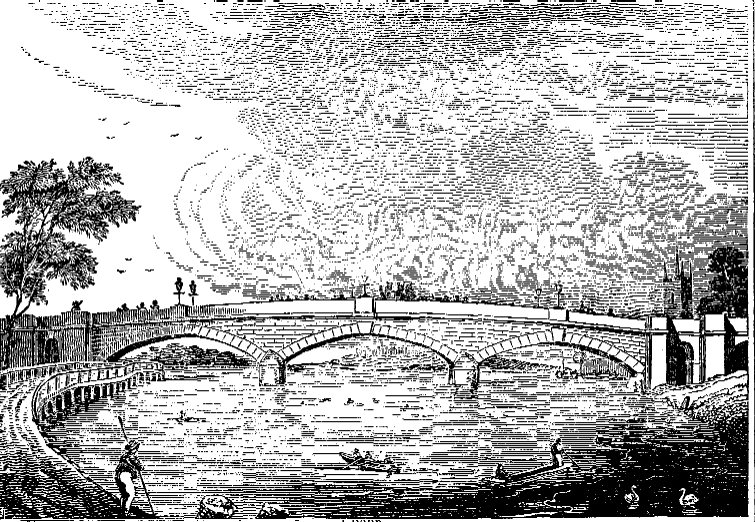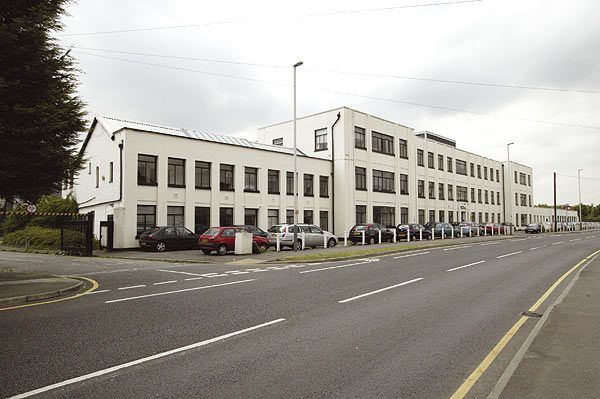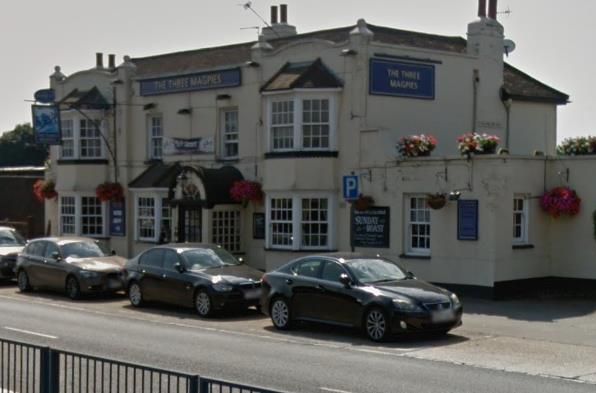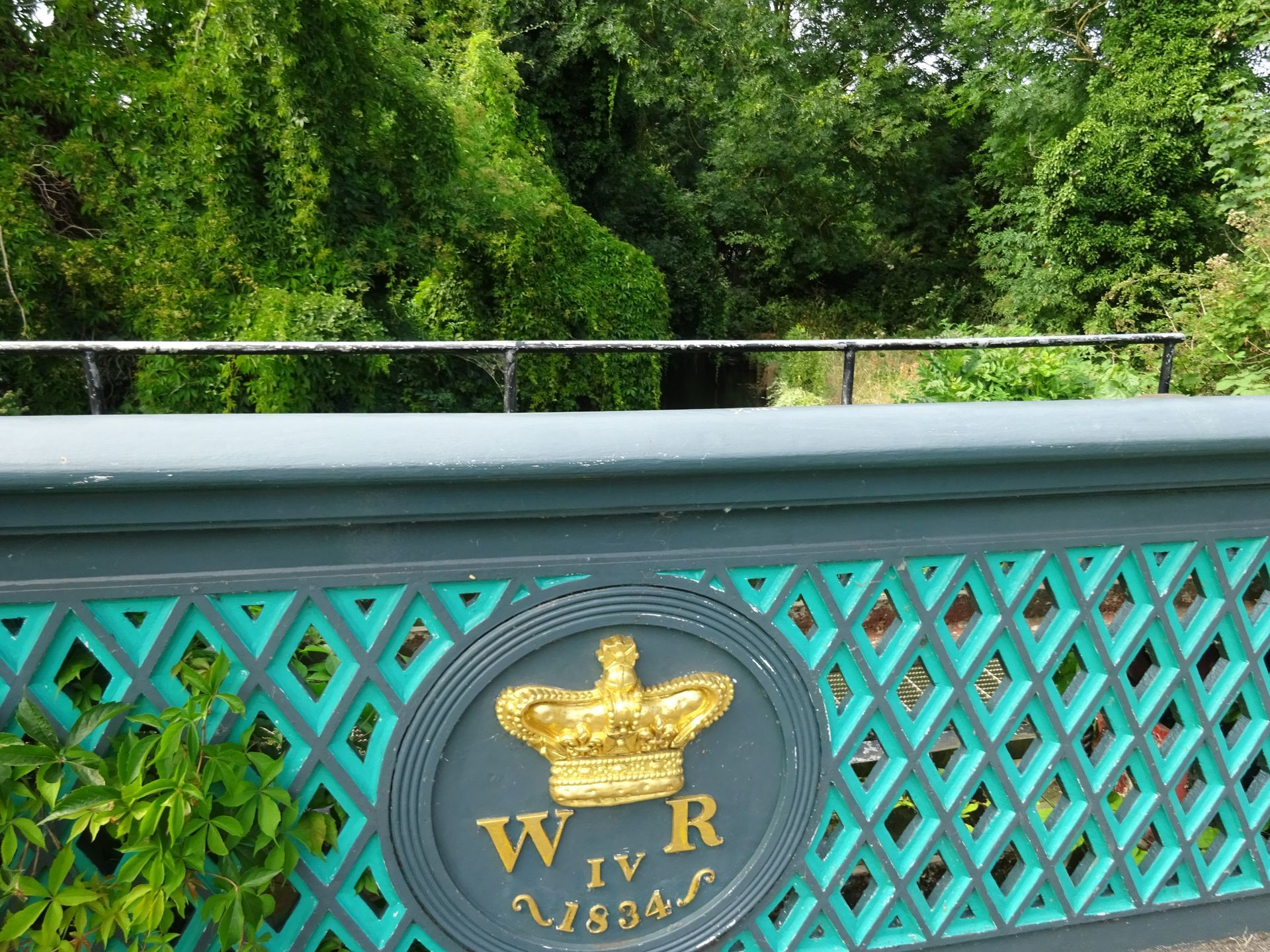The First Royal 100th Birthday Greeting
It has long been a tradition that anyone reaching the age of 100 years receives a greeting card from the Monarch.
George V sent out the first formal greeting in 1917 via his Private Secretary.[1]
Before that other greetings had been sent, but not in an organised way. In 1908 Edward VII’s secretary sent a greeting to the Reverend Thomas Lord of Horncastle congratulating him on his 100th birthday. This is thought to have been the first official Royal greeting sent to a centenarian. However I have found evidence of an earlier occasion. King William IV verbally congratulating a centenarian on his birthday.
On 23 April 1832 (Easter Monday) King William IV and Queen Adelaide were in Staines, Middlesex, for the official opening of the Staines Bridge across the Thames. Staines had been a main crossing point on the Thames since Roman times and ever since then a series of wooden and iron bridges had been built to carry the main road from London to Berkshire. One by one the bridges failed until the fifth and final bridge, now built of granite, was finally opened in 1832. There was great rejoicing in the town that after five years of construction the bridge was finally complete, and many hundred turned up to see the pomp and pageantry. For the opening ceremony, the Royal couple, accompanied by military contingents and assembled dignitaries such as the members of the Staines Bridge commission and the architect, George Rennie, assembled on the bridge and the Rector of Staines made an official address.[2] After the opening ceremony and before the Royal Party proceeded to the Saracen's Head for a cold collation, the onlookers noticed “two men of unequal size making way through the crowd towards the presence of their majesties”. These men were Colonel Wood of Littleton and William Goring, a tailor from Chertsey.[3]
Colonel Wood was a prominent landowner in the area and a member of the Staines Bridge Commission. He stood five foot eleven inches high and William Goring was five foot four inches. The two men stood before the royal couple and Colonel Wood introduced them to Mr Goring and added that the tailor wished to speak to them. The tailor told the king that he had walked from Chertsey to Staines that morning (about four miles) especially to shake hands with the King as that day was his hundredth birthday. Their Majesty's were impressed and heartily congratulated him.
The meeting of Mr Goring with the King and Queen was an event that was still being talked about four years later when Mr Goring died at the age of 104. This was a remarkable age for that period in history.
Prior to the 20th Century, reaching the age of 100 was almost unknown. Poor diets, hard physical occupations, and limited medical science meant that few people survived into old age. There was no such thing as enjoying a restful retirement. Unless people had managed to save money to keep themselves in later years they either had to continue working, live with a relative, or go into the Workhouse. State pensions did not exist before January 1909. The first pensions were paid to people over the age of 70. A single person received five shillings a week (25p) and a couple seven shillings and sixpence (37p). This was just enough to pay for basic food.
Today reaching the age of 100 is not unusual, but the greeting from the Sovereign is still eagerly awaited by centenarians, and may this tradition endure in the same way the granite bridge of Staines has survived in continual use ever since that Easter Monday in 1832.
[1] http://royalcentral.co.uk/blogs/a-royal-tradition-the-queens-100th-birthday-messages-8673. Accessed 3/10/16
[2] "Opening of the New Bridge at Staines." Times [London, England] 24 Apr. 1832: 2+. The Times Digital Archive. Web. 5 Oct. 2016.
[3] A story retold in the North London News, Sunday 31 October 1868.
[4] "Opening of the New Bridge at Staines." Times [London, England] 24 Apr. 1832: 2+. The Times Digital Archive. Web. 5 Oct. 2016.
Read more about King William IV and Queen Adelaide in my book,
"Longford: A Village in Limbo"
For a “Look Inside” option for this book go to https://b2l.bz/WUf9dc
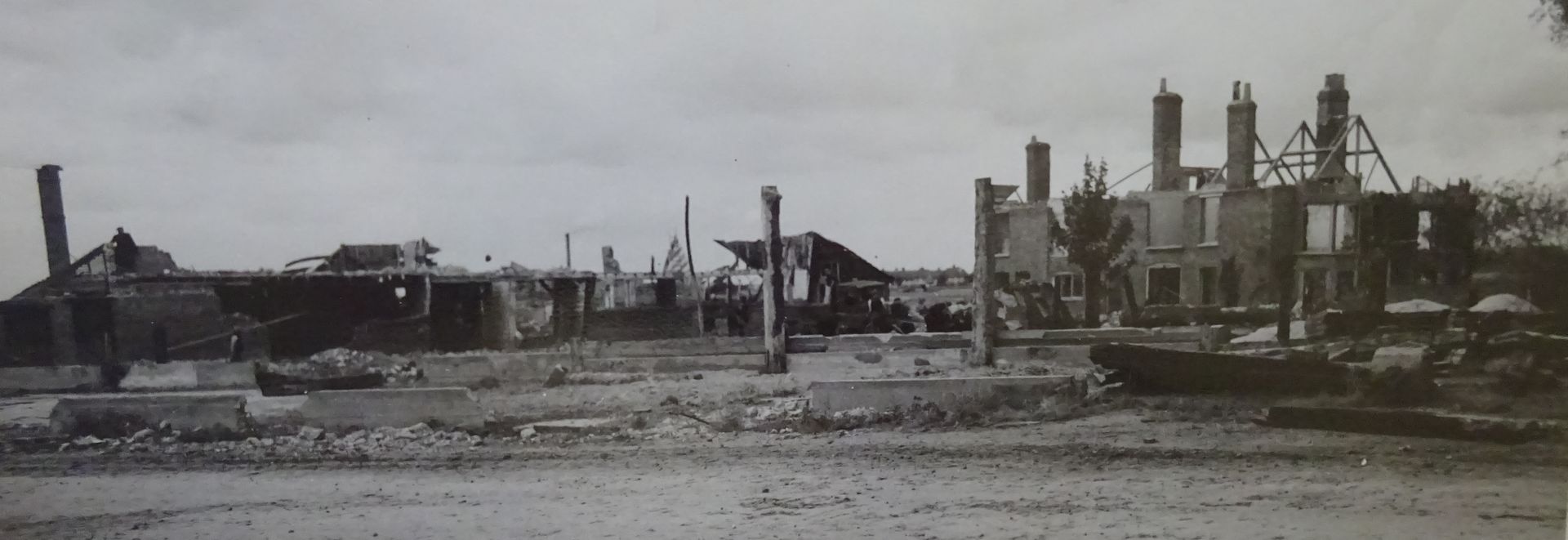
The villages around Heathrow have been blighted since 1946 as successive governments have procrastinated and made bad decisions about expanding the airport. These former rural agricultural villages have been fighting airport expansion for eighty years, meanwhile the Grade II listed buildings have deteriorated and the community are exhausted by years of protest.

The Kings Head later called The Peggy Bedford is a Grade II listed Elizabethan building in Longford, Middlesex, that was a major coaching inn on the Bath Road (A4) for centuries. Now blighted by the prospect of the whole village being demolished under the Heathrow expansion plans, it lies, empty and derelict and on the At Risk register.

